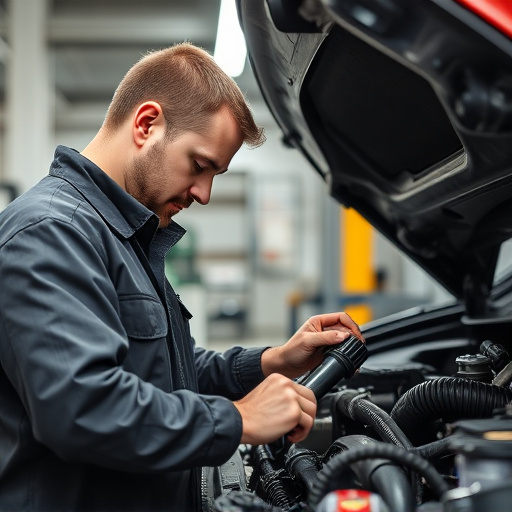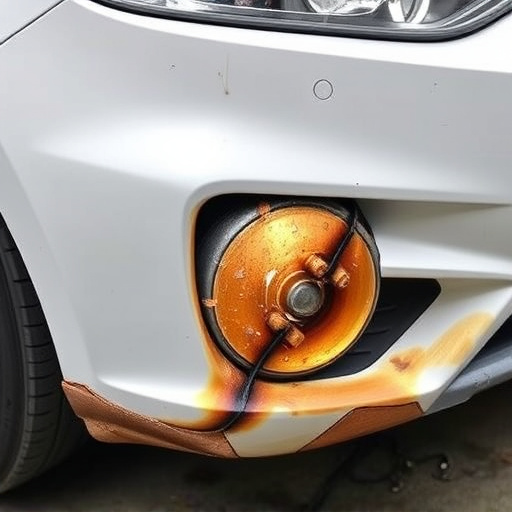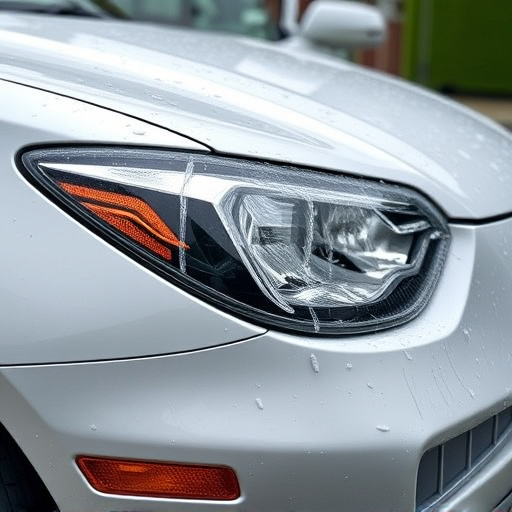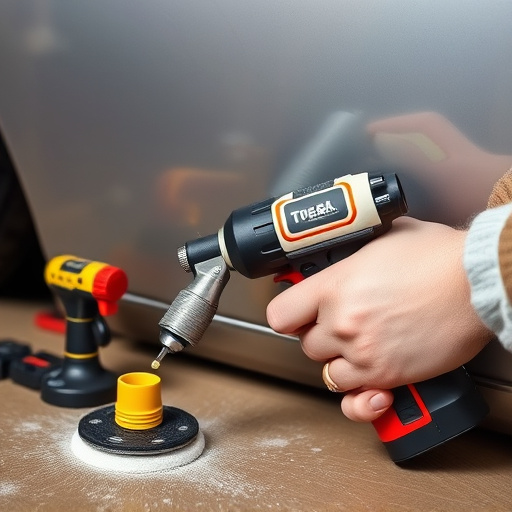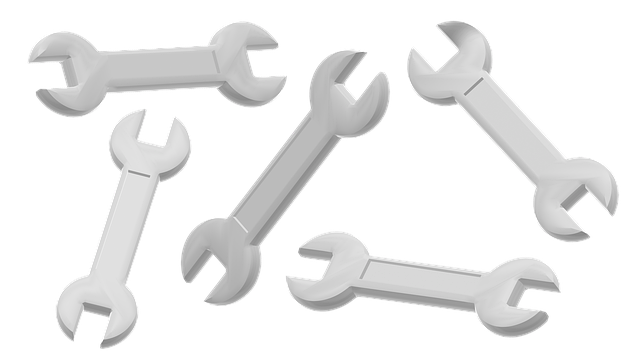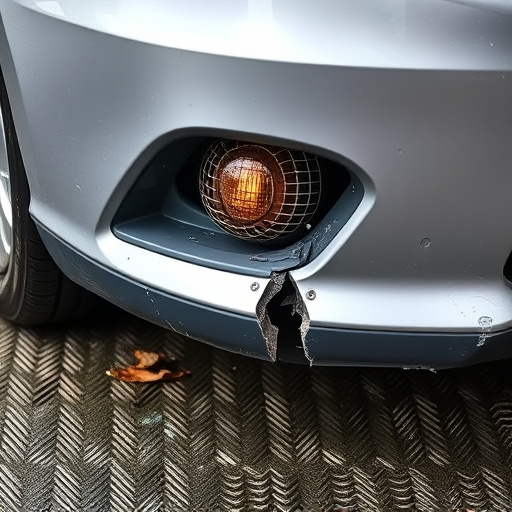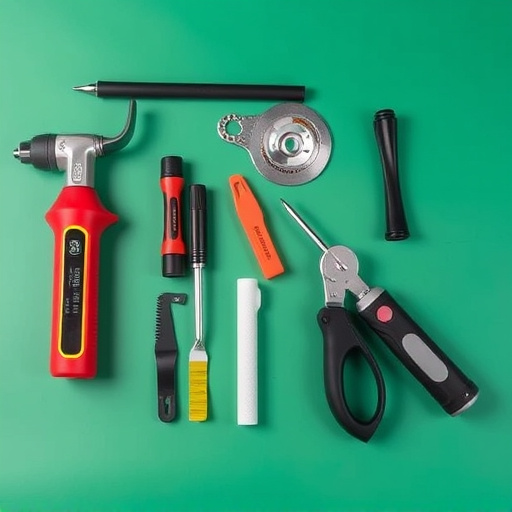Adopting environmentally safe repair practices in auto bodywork is a strategic move towards sustainability. These practices include using eco-friendly materials, efficient energy and water management, proper disposal of automotive fluids, and recycling old car parts. By focusing on these holistic methods, body shops can minimize pollution, conserve resources, mitigate climate change, and foster a harmonious relationship between industry and nature. While initial challenges exist, strategic planning, industry partnerships, and government support can help overcome obstacles and realize significant environmental and economic benefits.
In an era where sustainability is paramount, environmentally safe repair practices are transforming traditional maintenance strategies. This article explores how these innovative approaches integrate seamlessly with waste management plans, offering a holistic path towards greener facilities. From understanding the core principles of eco-friendly repairs to examining their impact on waste reduction and resource conservation, we delve into the benefits and challenges, highlighting the potential for significant environmental and economic gains.
- Understanding Environmentally Safe Repair Practices
- Integrating Repair with Waste Management Strategies
- Benefits and Challenges of Eco-Friendly Repair Approaches
Understanding Environmentally Safe Repair Practices
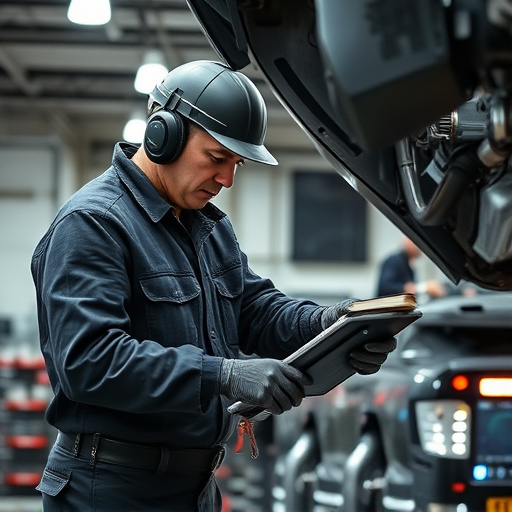
Environmentally safe repair practices focus on minimizing the environmental impact of auto bodywork and related services offered by a body shop. This involves adopting eco-friendly materials, techniques, and waste management strategies that reduce pollution, conserve resources, and promote sustainability throughout the auto repair process. For instance, an auto repair shop can opt for using biodegradable or recyclable materials in their operations to cut down on hazardous waste generation.
These practices also encompass efficient energy usage, water conservation measures, and proper disposal of automotive fluids. Many body shop services now prioritize recycling or safely disposing of old car parts and components to prevent them from ending up in landfills. By integrating environmentally safe repair into their business model, auto bodywork facilities contribute positively to both local ecosystems and the global effort to combat climate change.
Integrating Repair with Waste Management Strategies
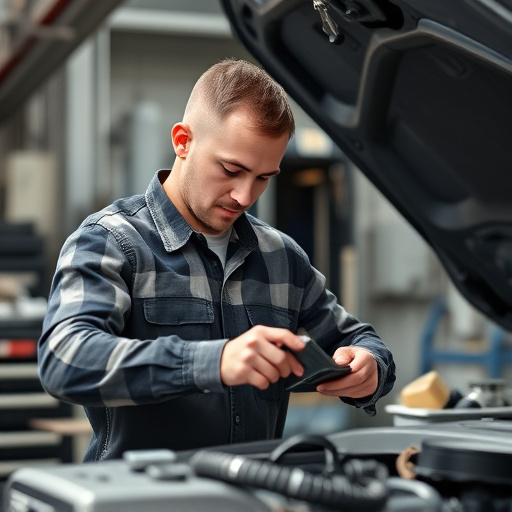
Incorporating environmentally safe repair practices into waste management plans is a strategic move towards sustainability. This approach leverages the opportunity to minimize environmental impact during automotive repair and car bodywork restoration processes. By integrating these concepts, businesses in the automotive sector can significantly reduce waste generation and adopt eco-friendly practices. For instance, car body restoration techniques that focus on recycling and reusing materials directly contribute to waste reduction goals.
Furthermore, environmentally safe repair methods extend beyond material usage; they encompass efficient disposal protocols. Proper management of hazardous substances found in car components is crucial. Effective strategies involve safely recycling or disposing of these materials to prevent pollution. This holistic view of waste management ensures that automotive repair and car body restoration not only preserve the aesthetics of vehicles but also safeguard the environment, fostering a harmonious relationship between industry and nature.
Benefits and Challenges of Eco-Friendly Repair Approaches
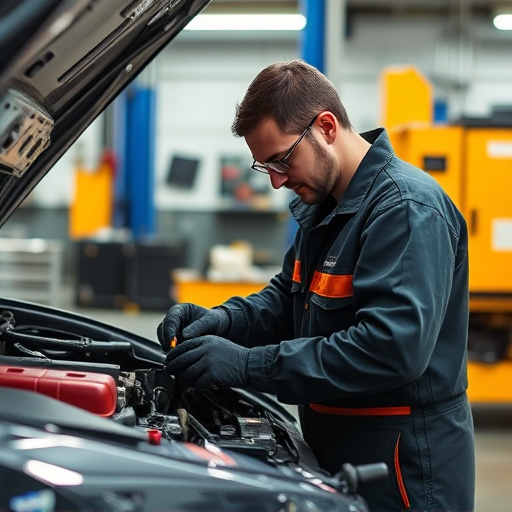
The shift towards environmentally safe repair practices offers numerous advantages for both businesses and consumers. By adopting eco-friendly approaches, auto repair shops can significantly reduce their carbon footprint. This is achieved through the use of sustainable materials, energy-efficient equipment, and green cleaning products, all of which minimize pollution and waste generation. Moreover, these methods often lead to cost savings in the long run due to lower operational expenses and potential government incentives for eco-conscious businesses.
Despite these benefits, implementing environmentally safe repair practices comes with challenges. One major hurdle is the initial investment required to transition to sustainable materials and equipment. Auto repair shops might also face difficulties in sourcing eco-friendly alternatives that perform as well as traditional products. Additionally, training staff to use new tools and techniques can be time-consuming and may temporarily impact productivity. However, these challenges can be overcome with strategic planning, industry collaboration, and access to government support programs designed to encourage sustainable practices in the automotive sector, including car paint services and vehicle restoration.
Environmentally safe repair practices are not just a trend but an essential component of sustainable waste management plans. By integrating these approaches, we can significantly reduce the environmental impact of repairs and maintenance while fostering a circular economy. While challenges exist, such as initial costs and training requirements, the benefits—including resource conservation, reduced pollution, and job creation in green sectors—outweigh these obstacles. As awareness grows, adopting eco-friendly repair methods will become increasingly feasible, contributing to a greener and more resilient future.
